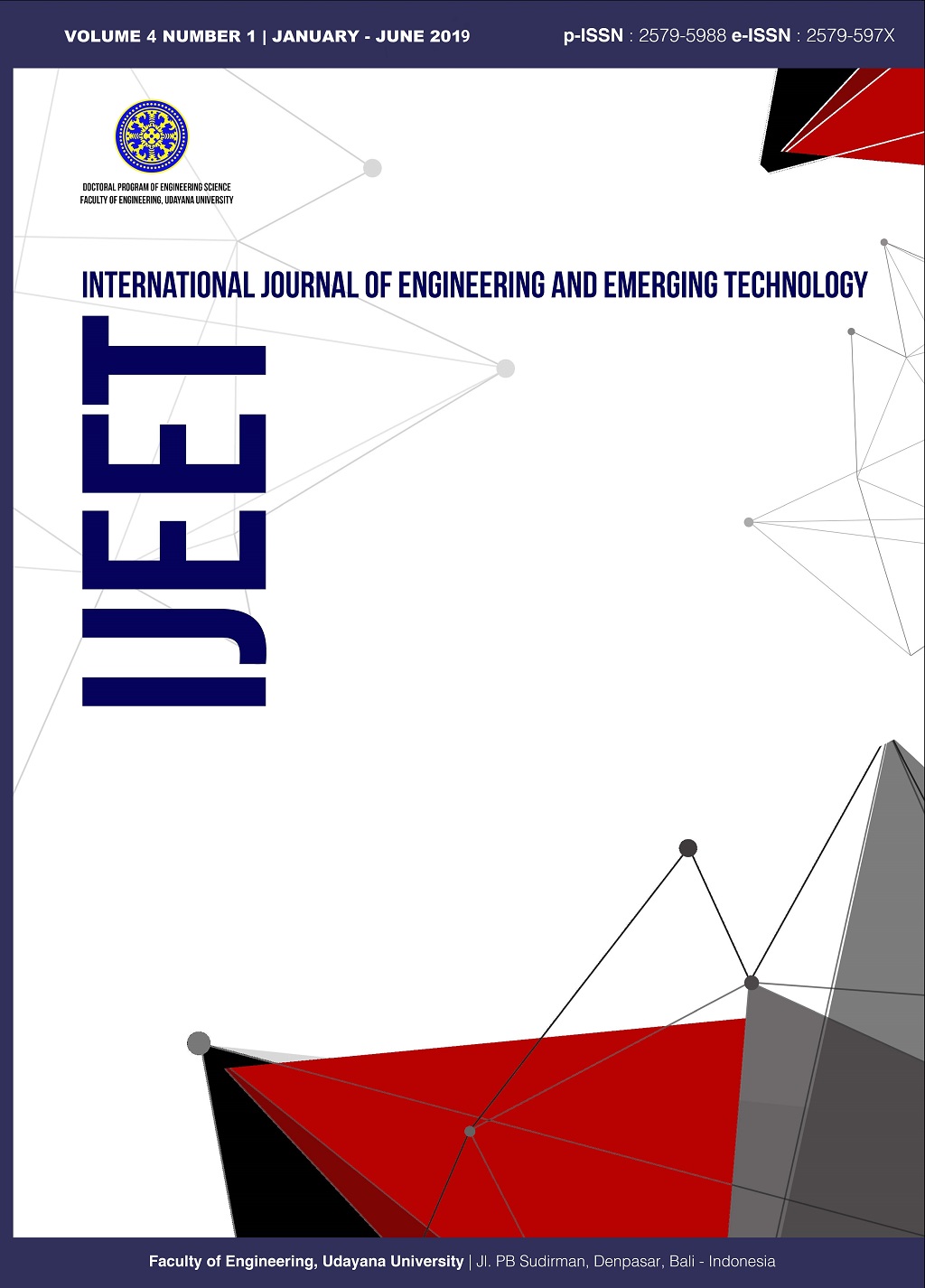Hardness Characteristics of Hybrid Composite Brake Lining on Olie's Absorption Media
Abstract
Brake lining technology is developing rapidly to adjust the absorption media in which the vehicle's braking system is operating. Material commonly used as a brake lining is asbestos and its alloys, but this material is very dangerous to the environment and health. This research was developed to overcome these problems, namely finding alternative brake lining pads material that has good mechanical and physical properties. Brake lining material is made from a hybrid composite reinforced basalt, shellfish, alumina, and phenolic resin (PR-51510i) as a binding matrix. This brake lining material is produced through a process of sintering at a temperature of 150 ° C with a load of 2000 kg for 30 minutes. These hybrid composites are made in as many as three variations, each of which is tested for olie absorption at several variations of immersion time. Immersion 3 days hardness of hybrid composite and asbestos brake lining material is still quite high between 24-28 HVN. The highest hardness at that time was an H1 specimen of 28.00 HVN. Then the hardness of the brake lining material decreases with the addition of immersion time and is close to stable at the

 Indexed By
Indexed By







